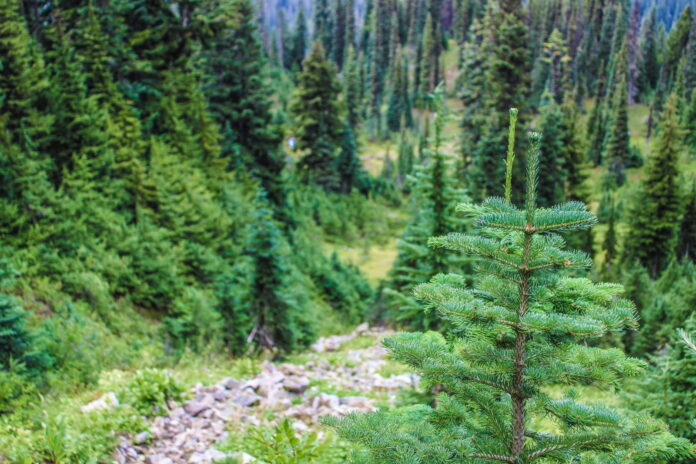In the intricate web of life, certain species play an outsized role in maintaining the balance and health of ecosystems. These species, known as keystone species, are pivotal for the stability and functionality of their environments.
Understanding Keystone Species: Definition and Importance
Keystone species are organisms that have a disproportionately large impact on their ecosystems relative to their abundance. Coined by a prominent ecologist in the 1960s, the term draws an analogy to the keystone in an arch, which holds all other stones in place. Without the keystone, the arch collapses. Similarly, the removal of a keystone species can lead to dramatic shifts in the ecosystem, often resulting in a loss of biodiversity and the breakdown of ecological processes.
The importance of keystone species lies in their ability to regulate population sizes, maintain habitat structure, and influence the availability of resources. They often occupy critical niches that, if left vacant, can lead to cascading effects throughout the ecosystem. For instance, a keystone predator helps control the population of herbivores, thereby preventing overgrazing and preserving plant diversity. This balance ensures that no single species dominates the environment, allowing for a rich variety of life forms to coexist.
Moreover, keystone species contribute to the resilience of ecosystems, enabling them to withstand and recover from disturbances such as natural disasters or human activities. By maintaining the structure and function of their habitats, these species support the intricate interactions among organisms, which are essential for ecosystem health. Understanding and protecting keystone species is thus crucial for conservation efforts and the sustainable management of natural resources.
Examples of Keystone Species and Their Unique Roles
One of the most well-known examples of a keystone species is the sea otter. In coastal marine ecosystems, sea otters prey on sea urchins, which, if left unchecked, can decimate kelp forests. Kelp forests provide habitat and food for a multitude of marine organisms, and their destruction can lead to a significant loss of biodiversity. By controlling sea urchin populations, sea otters help maintain the health and diversity of these vital underwater forests.
In terrestrial ecosystems, the African elephant serves as another quintessential keystone species. Elephants are known as “ecosystem engineers” because of their ability to modify their environment. Through activities such as uprooting trees and creating water holes, elephants shape the landscape in ways that benefit a wide range of other species. Their actions promote the growth of grasses and create habitats for smaller animals, thereby enhancing the overall biodiversity of their ecosystems.
In freshwater systems, the beaver is a key player. Beavers build dams and create ponds, which serve as habitats for numerous aquatic and semi-aquatic species. These ponds also help regulate water flow, reduce erosion, and improve water quality by trapping sediments and pollutants. By transforming their environment, beavers create conditions that support a diverse array of plant and animal life, illustrating the profound impact a single species can have on an entire ecosystem.
Consequences of Keystone Species Loss on Ecosystem Stability
The loss of a keystone species can trigger a series of ecological repercussions, often referred to as trophic cascades. When a keystone predator is removed, its prey population may explode, leading to overconsumption of vegetation and subsequent habitat degradation. This can result in the decline of plant species, loss of habitat for other organisms, and a decrease in overall biodiversity. Such imbalances can destabilize the ecosystem and make it more vulnerable to additional stressors.
For example, the decline of large predators like wolves in certain regions has led to an overpopulation of herbivores such as deer. These herbivores can overgraze vegetation, leading to soil erosion and the loss of plant species that other animals depend on for food and shelter. The absence of wolves disrupts the natural checks and balances within the ecosystem, demonstrating the critical role that keystone species play in maintaining ecological harmony.
In addition to ecological impacts, the loss of keystone species can have significant economic and social consequences. Ecosystems provide a range of services, including clean water, fertile soil, and resources for food and medicine. The degradation of these systems can affect human communities that rely on them for their livelihoods and well-being. Conservation efforts aimed at protecting keystone species are therefore not only vital for preserving biodiversity but also for sustaining the ecosystem services that underpin human societies.
Keystone species are integral to the health and stability of ecosystems. Their unique roles in regulating populations, shaping habitats, and maintaining ecological processes highlight their importance in the natural world. The loss of these species can lead to profound and far-reaching consequences, underscoring the need for concerted conservation efforts to ensure the resilience and sustainability of our planet’s diverse ecosystems.
